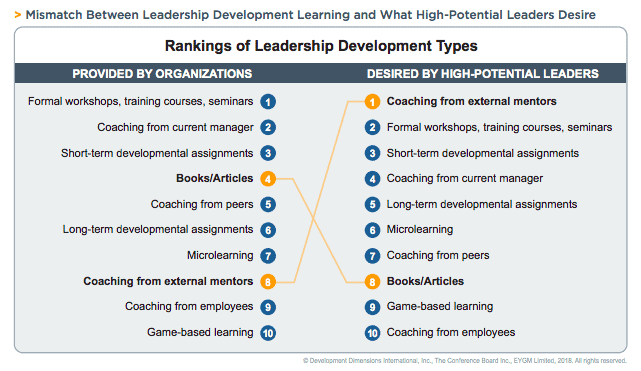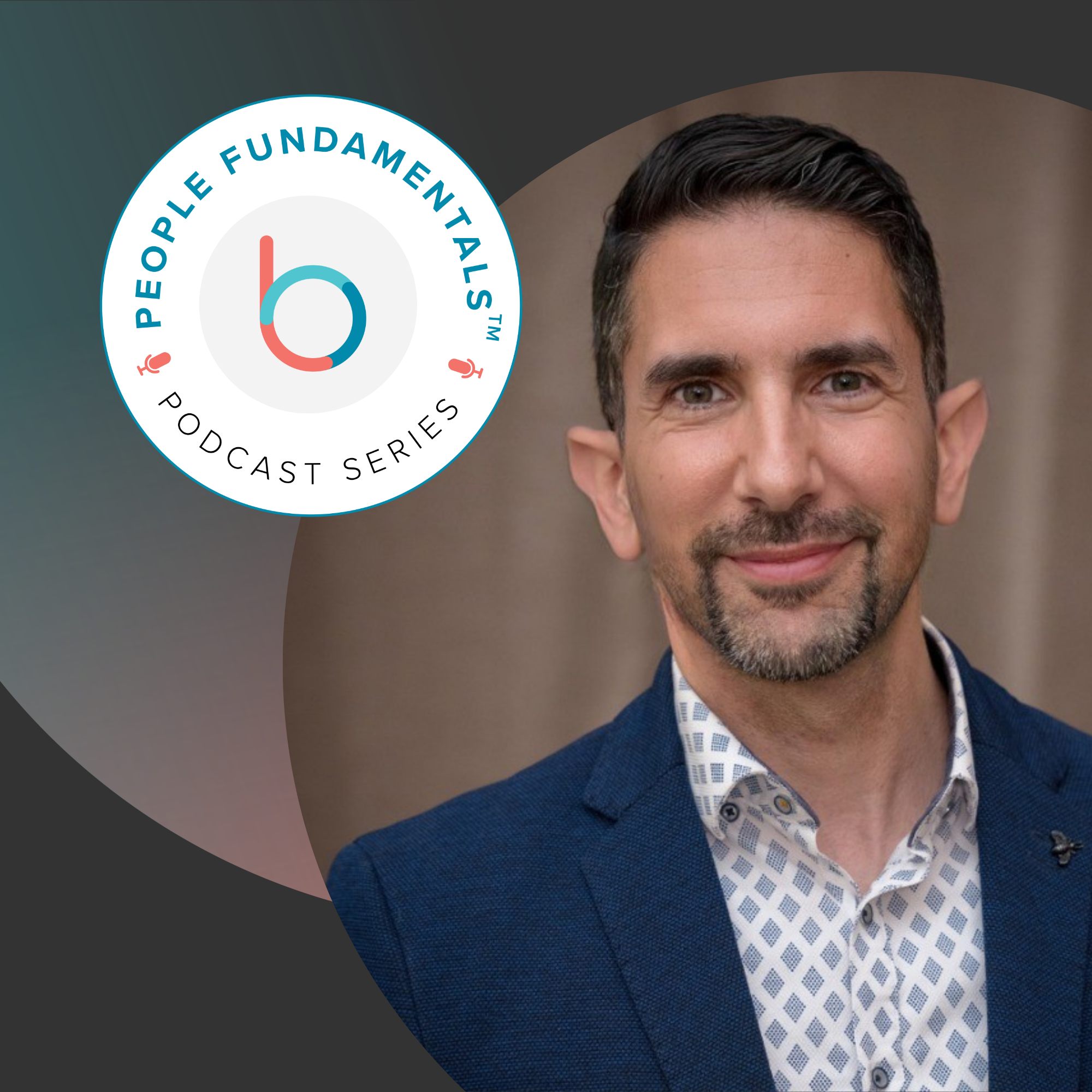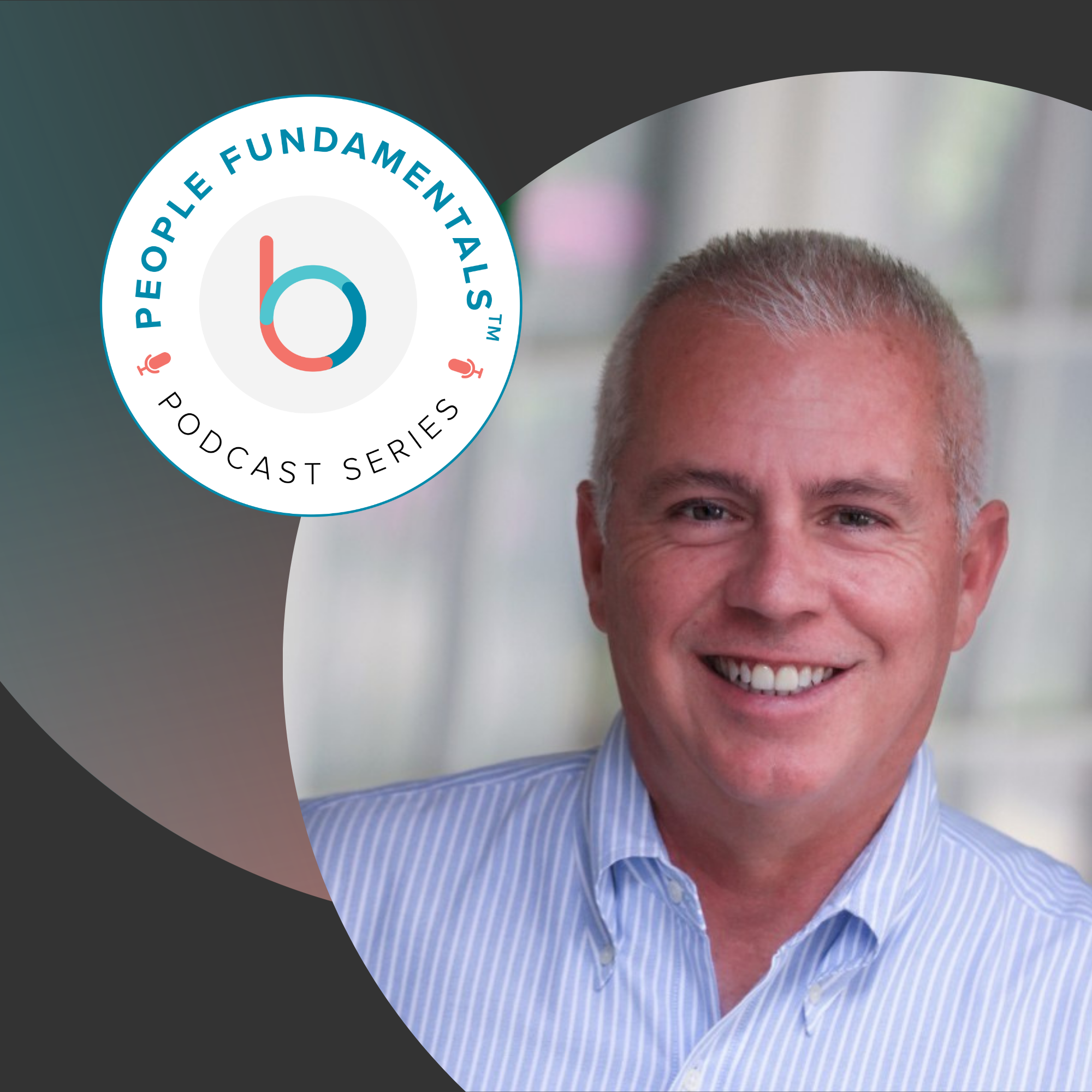Your CEO’s top worries are workforce-related. The Global Leadership Forecast 2018 from DDI reported that building a leadership pipeline and retaining their top talent are worry #1 and #2. And they are right to worry because a motivated workforce is truly a competitive advantage that ensures today’s top priorities are achieved and that people are learning, developing and growing in order to successfully address tomorrow’s challenges.
Motivating a workforce is a continuous process, not something that can occur just one time a year with a backward-looking performance review. It requires leaders to engage each employee’s sense of purpose through focusing their work on what matters most to the organization, and to them personally. Additionally, managers need to regularly provide the timely feedback and coaching needed for growth and development.
Another crucial conversation every manager needs to have regularly with their teams, and especially their top talent, is recognition. Here’s a news flash: your top talent knows they are your top talent. They are well aware of the business impact they deliver compared with their peers, and it’s important that they know that YOU (their manager, HR, the leadership and whomever is part of deciding who is on the fast-track) know it too.
Financial rewards including raises, bonuses, stock, are absolutely an important part of recognizing top talent. McKinsey suggests using differentiated compensation where there are meaningful differences between high performers and low/mid-level ones – a 15-20% difference improves the perception of fairness of a performance management program, thus increasing its effectiveness.
While financial rewards are important, recognition may also include opportunities for learning and career development. According to the same Global Leadership 2018 forecast, modern workers want personalized learning and development. They value access to external mentors, formal learning opportunities and, importantly, being given the opportunity for short-term developmental assignments.

Image Source: DDI Global Leadership Forecast, 2018
Some companies still struggle with both identifying and recognizing their top talent because their practices and systems are still, fundamentally, hierarchical. The way work is done has changed to cross-functional teams, which are spun up to address high priority issues and then disbanded once solutions are in place. In today’s workforce employees spend far more of their days participating in these cross-functional teams than in the confines of their functional workgroup. When this is the case, the hierarchical manager may struggle to fully understand both the team member’s impact and their opportunities for growth and development.
To be able to recognize the impact of their top talent, managers need both visibility into the goals and progress of the cross-functional teams their people participate on and the means to gather feedback from those people with whom they work most closely.
HR technology, purpose-built for Continuous Performance Management, is how HR teams are able to motivate today’s workforce without the additional administrative overhead. It supports increasing the visibility of individual and team goals ensuring alignment to an organization’s top priorities and facilitates managers having crucial conversations around feedback, development, and recognition. And, importantly, it is where the continuous insights are collected and made actionable in order to address your CEO’s top workforce worries around building a leadership pipeline and retaining top talent.
To learn more about how your organization can motivate its workforce, check out our new guide to The Anatomy of a Motivated Employee.
Employee retention measures the specifics of a team member’s employment. This includes how long they have been employed (retained).
With employee retention at an all-time low, it is important to ensure that employees are engaged. This means implementing innovative strategies that will help keep employees happy and connected.
Keeping employees engaged is no longer just a job for the HR department. Management and team leaders alike must work together to ensure employees are happy.
One excellent way to build employee engagement is to listen to their needs and apply the feedback that is received. This can be accomplished most accurately through employee surveys.
Engaging your top talent isn’t much different than engaging your entire workforce. You must provide an inclusive company culture that provides a nurturing environment, for starters.
However, your top talent may have different aspirations. Therefore, it’s also highly important to provide opportunities for advancement, as well as additional training and education.









